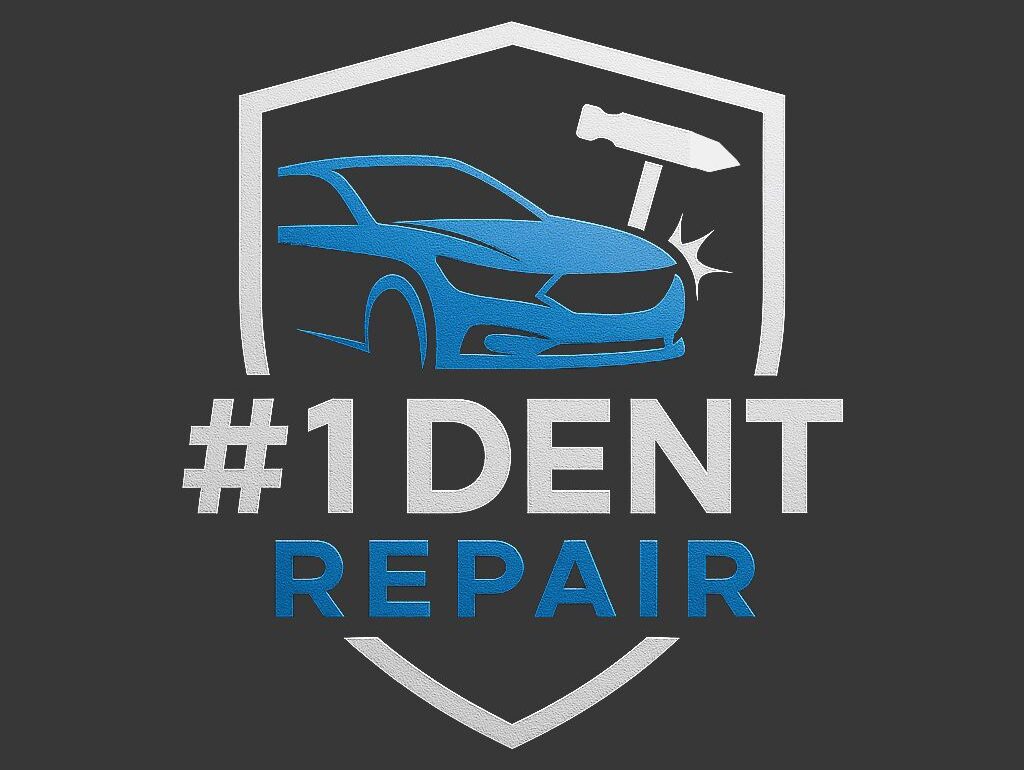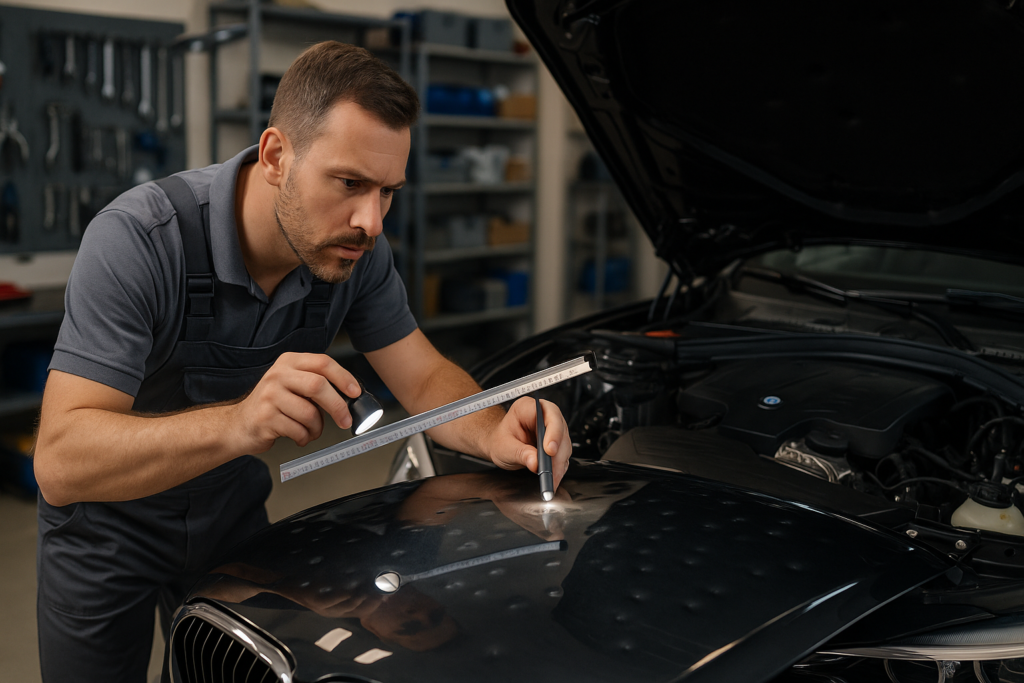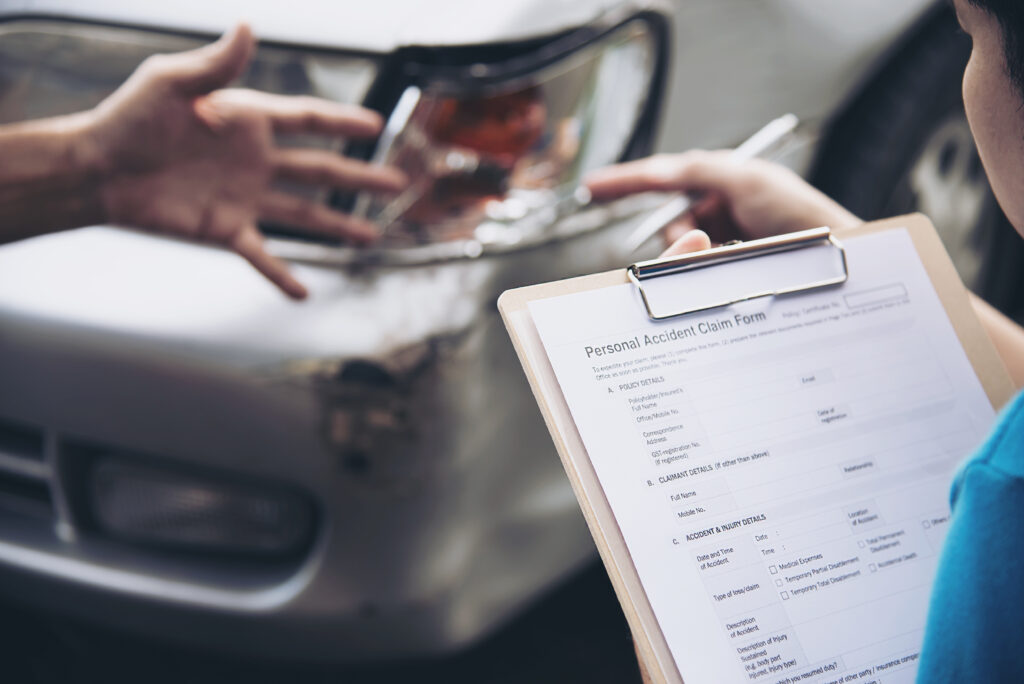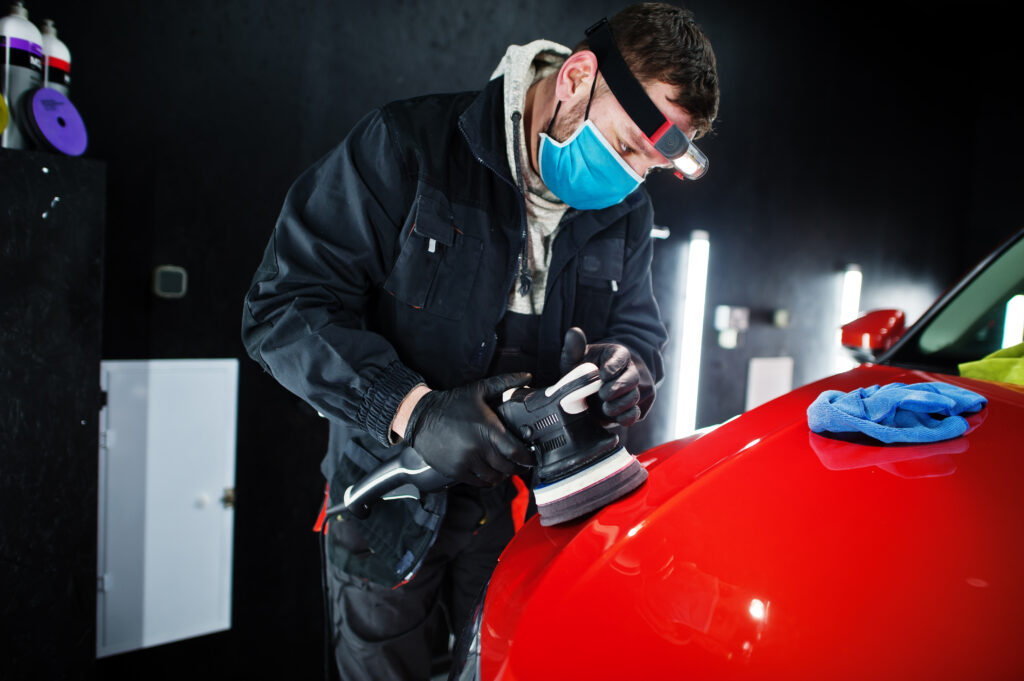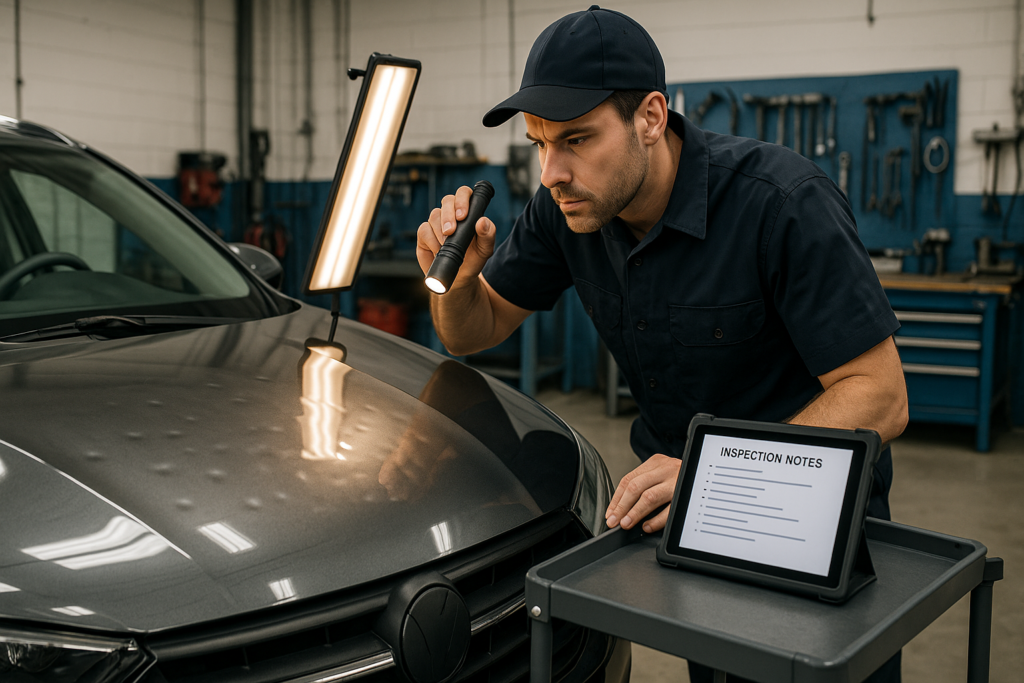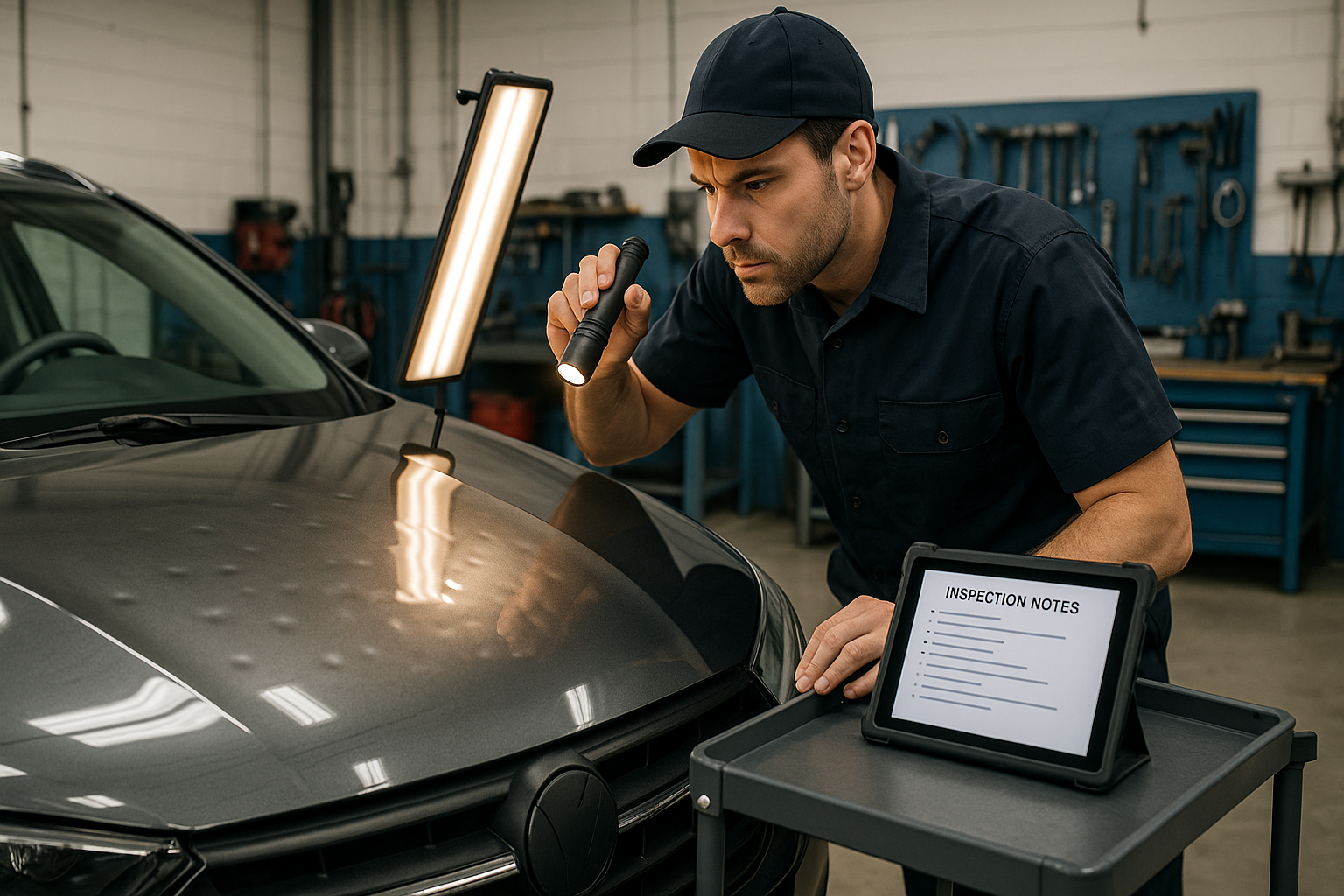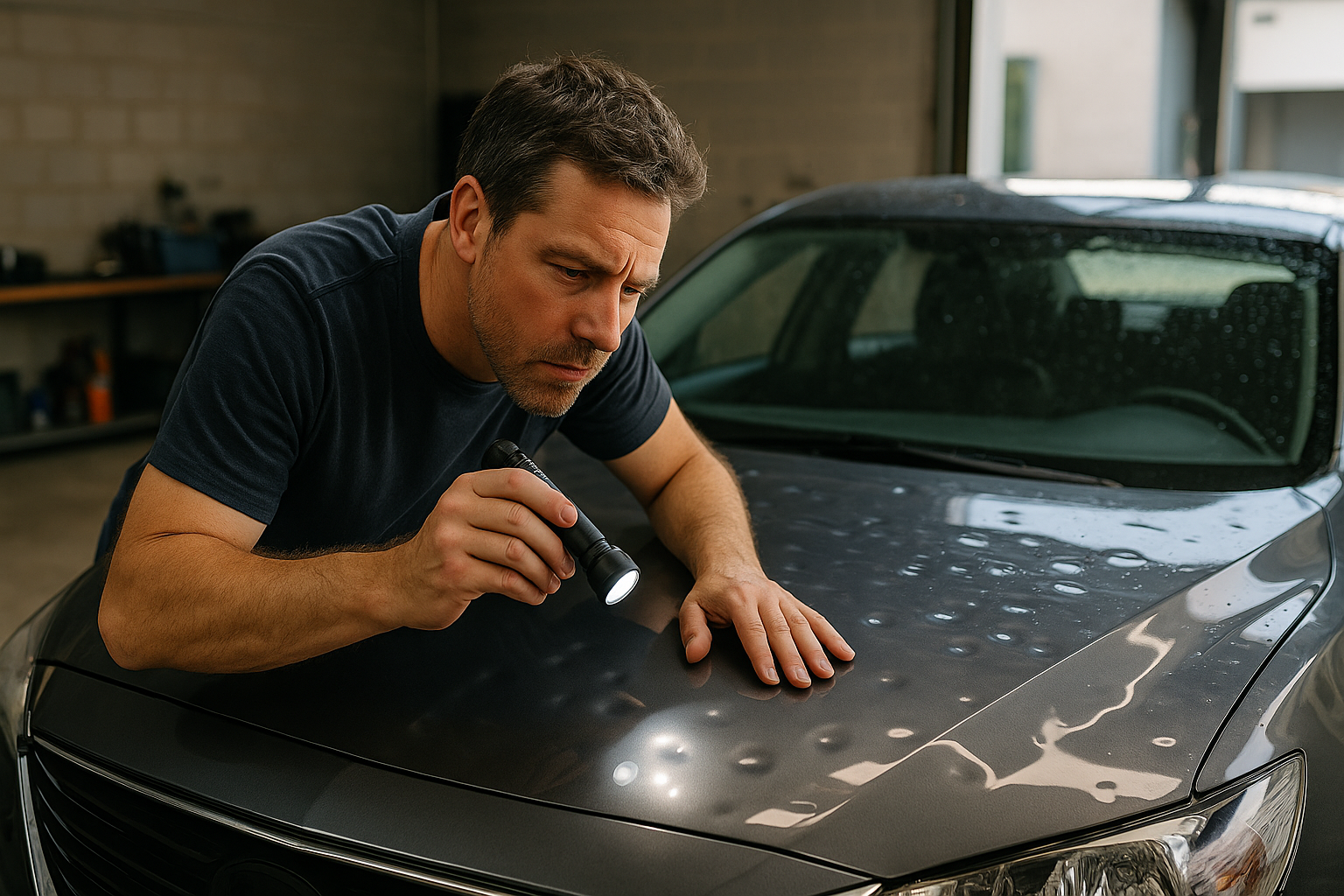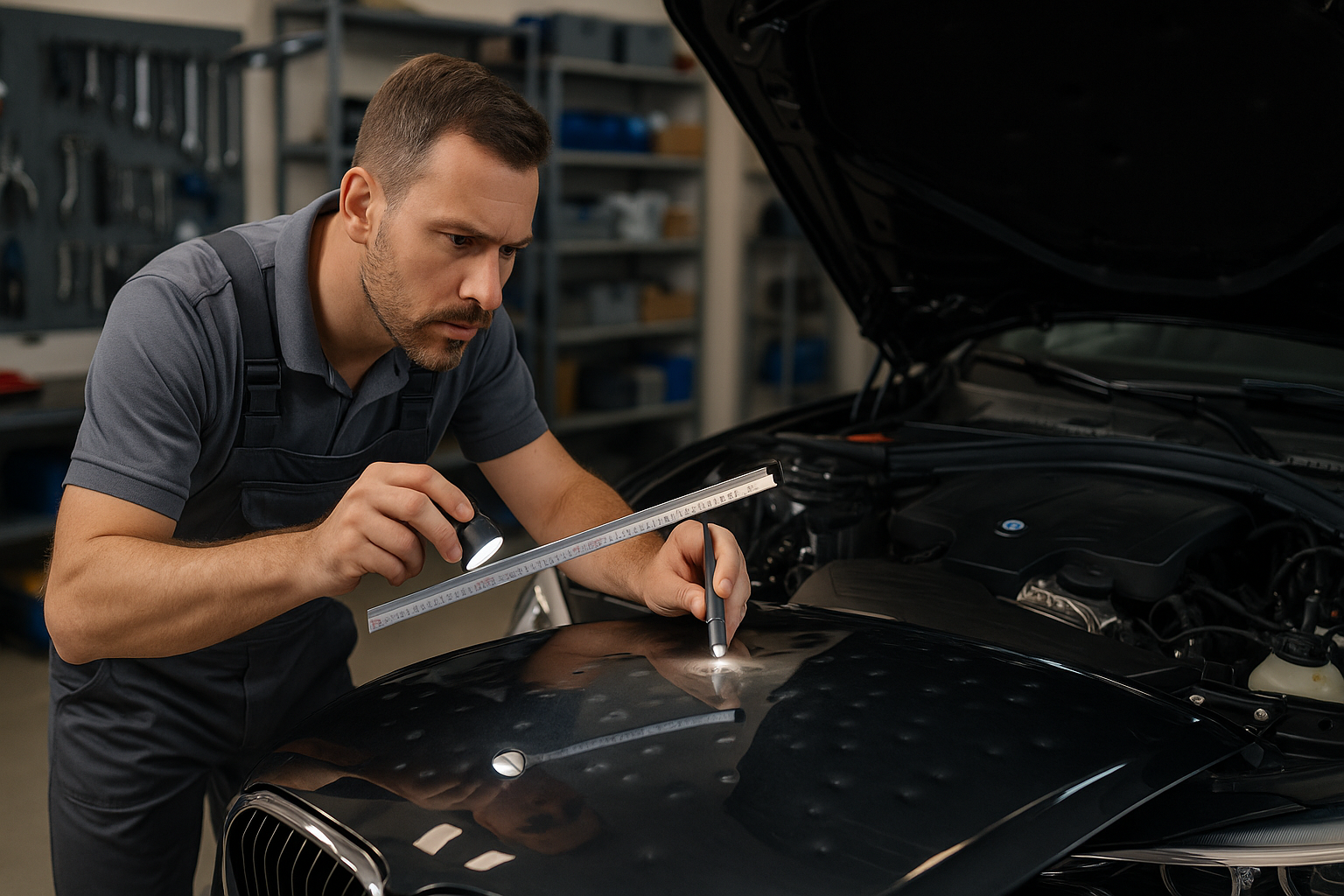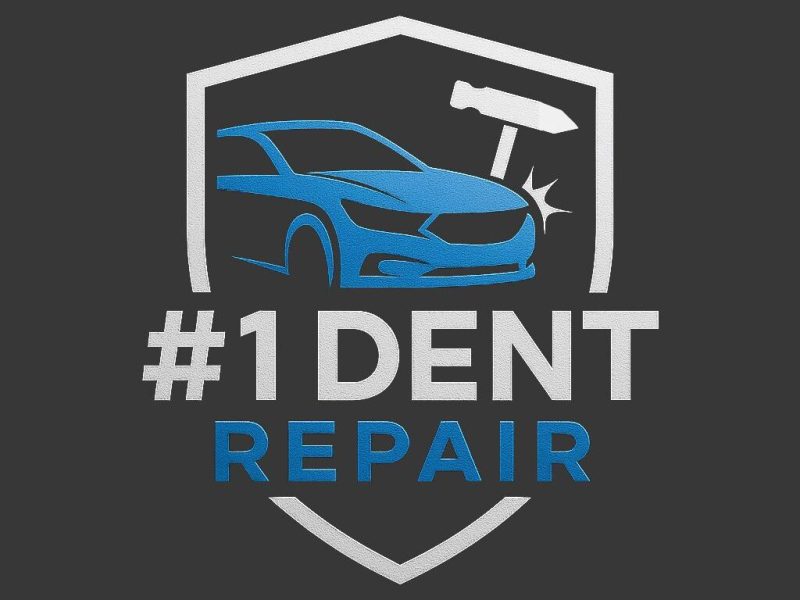Introduction: Hailstorms Require Attention and Preparedness
Hailstorms are increasingly common weather events, especially in regions with tropical or unstable climates. In addition to material damage, they can pose serious risks to people’s safety and well-being. In a scenario marked by climate change and extreme weather events, knowing how to prepare for and respond to a hailstorm has become essential for both urban and rural populations.
In this comprehensive guide, you’ll learn:
- What hailstorms are and why they are dangerous;
- How to prevent damage to your home and car;
- What to do during the storm to ensure safety;
- And how to respond after the storm to reduce losses and activate insurance coverage.
What Is a Hailstorm and Why Is It So Harmful?
Understanding the weather phenomenon
Hail forms when updrafts in storm clouds lift water droplets high into the atmosphere where they freeze. As more moisture collects and freezes, the hailstones grow until they are too heavy and fall to the ground — often at high speed and with great impact.
Common consequences of a hailstorm
- Damage to roofs, windows, and building structures;
- Dents and broken windshields in cars, motorcycles, and trucks;
- Injuries to people and animals caught outdoors;
- Destruction of crops and disruption to electrical systems.
How to Prepare Before a Hailstorm
2.1. Monitor weather alerts
Your best defense is early warning. Use trusted apps such as AccuWeather, The Weather Channel, or local civil defense alerts to stay informed about possible hailstorm warnings in your area.
2.2. Protect your vehicle from hail
- Park in covered areas such as garages, underground parking lots, or gas stations;
- If no shelter is available, cover your car with thick blankets or padded covers;
- Avoid parking under trees due to the risk of falling branches or lightning.
Bonus tip: Keep an old blanket or comforter in your trunk for emergencies.
2.3. Prepare your home
- Regularly inspect and reinforce roofs, gutters, and drainage systems;
- Install window safety films or storm shutters;
- Keep basic emergency tools handy (flashlights, waterproof tarps, duct tape);
- Protect electronics with surge protectors or power regulators.
What to Do During a Hailstorm
When facing a severe hailstorm, your priority should be personal safety.
3.1. Stay indoors
- Stay away from glass doors and windows;
- Turn off electrical appliances and avoid touching metal objects or sockets;
- Bring pets indoors and make them feel safe and calm.
3.2. If you’re driving during a hailstorm
- Immediately reduce your speed;
- Look for a safe shelter like a gas station canopy or a solid structure;
- Never stop under trees or near large signs.
3.3. In residential buildings or condos
- Follow any established safety protocols;
- Use shared indoor spaces for temporary shelter if needed.
What to Do After a Hailstorm

4.1. Inspect your property
- Check roofs, gutters, windows, fences, and garages;
- Evaluate cars, motorcycles, and outdoor equipment — take photos of all damage;
- Look for flooding, water damage, or electrical issues inside the home.
4.2. Document everything and contact your insurance provider
- Take photos and videos of all damage for evidence;
- Contact your home or auto insurance company as soon as possible;
- Request that any car repairs be done by specialists in hail damage, especially PDR (Paintless Dent Repair) professionals.
4.3. Be aware of scams
After storms, it’s common for fraudulent repair services to appear. Always choose professionals recommended by your insurer or with a verified reputation.
Long-Term Prevention Strategies
5.1. Invest in insurance with natural disaster coverage
Many auto and home insurance plans offer specific clauses for hailstorm damage. Review your current policy and request additional coverage if needed.
5.2. Use hail-resistant roofing materials
If you live in a hail-prone region, consider using reinforced or impact-resistant roofing materials like polycarbonate, metal shingles, or sandwich panels.
5.3. Install smart weather sensors
Devices such as home weather stations, humidity sensors, and real-time climate alerts can improve readiness and responsiveness.
Conclusion: Prevention Costs Less Than Repair
Knowing how to take care during a hailstorm is a sign of preparedness and responsibility. The combination of proactive protection, insurance coverage, and climate monitoring helps minimize losses and guarantees the safety of your home, vehicle, and loved ones.
Don’t wait for the next storm to react — take action today and avoid tomorrow’s losses.
Quick FAQ – Hailstorm Safety and Damage Prevention
1. Does insurance cover hail damage?
Yes — but only if your policy includes natural disaster coverage. Check with your insurer.
2. Can I use a mattress or blanket to cover my car?
Yes. Thick covers like old mattresses, moving pads, or quilts are effective in protecting cars from hailstones.
3. How can I know if a hailstorm is coming?
Watch for dark clouds, rapid temperature drops, and weather alerts from local agencies. Lightning and thunder often precede hail.
